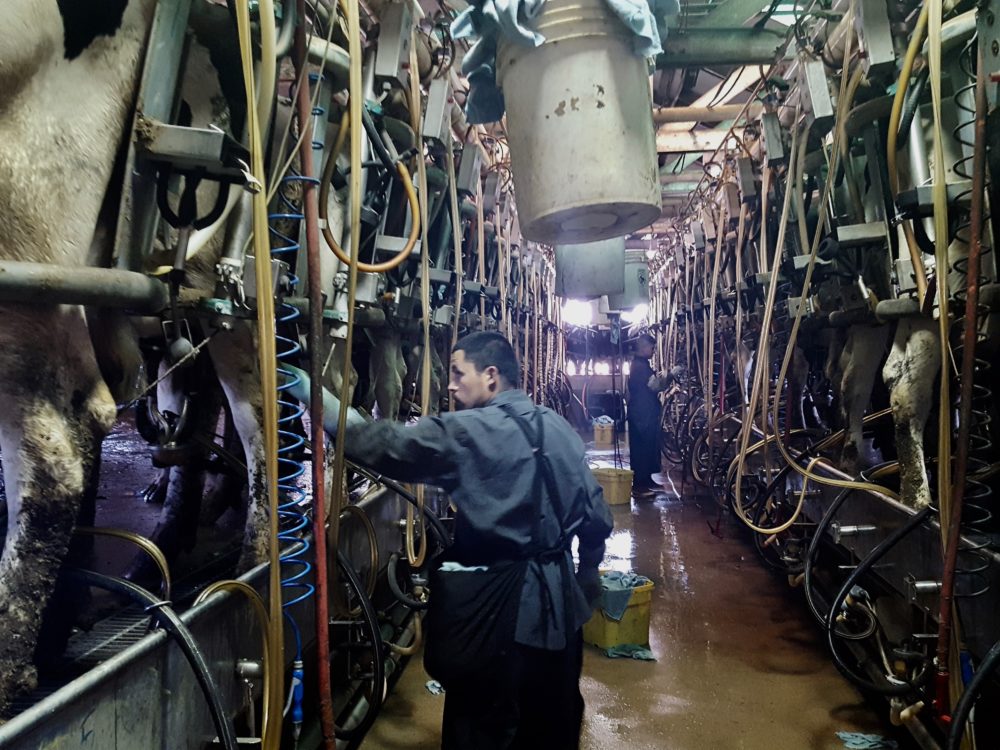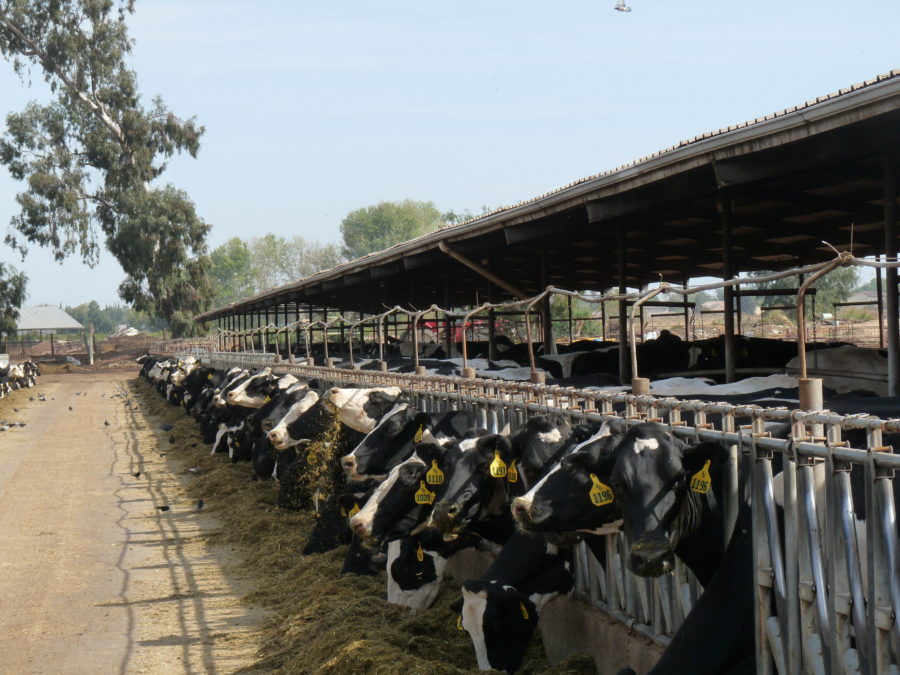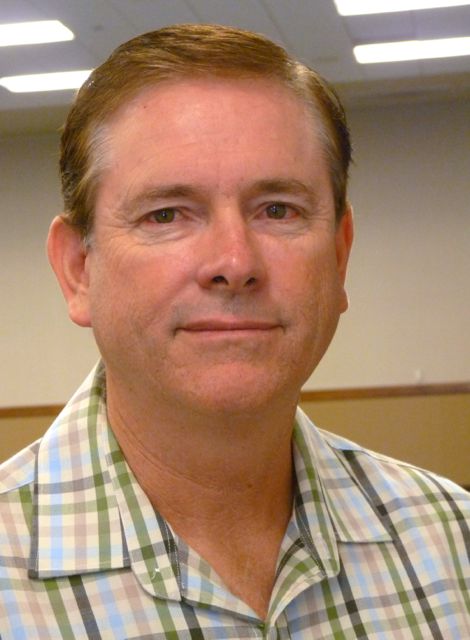Dairy Farmers Need More Help
Resources from SBA Not enough to Meet Dairy Demand
By Rich Worthington, with the AgInformation Network of the West
Current federal aid programs available to dairy farmers are considered good first steps in helping them navigate the ongoing pandemic and related demand issues, but more will be needed, according to the National Milk Producers Federation.
Chris Galen with the National Milk Producers Federation says the resources provided to the Small Business Administration are not enough to meet demand.
“It looks like that there’s been so much demand on lenders and the SBA that either the websites have crashed, or banks don’t have access to the money because it’s already gone. So, that’s certainly very frustration for a lot of groups like ours that worked very hard to get the money initially a few weeks ago, and then to get this second supplement of money here this past week. But, what I think it illustrates is that there’s a lot of government programs out there to help various entities in the business community, including agriculture, and right now the demands for that, whether it’s the PPP or USDA assistance, are much greater than what the supply of money is.”
“We’re looking at disastrously low prices here this spring for dairy farmers. And unfortunately, the payment formula that USDA has is more weighted towards the first few months of this year, not towards the spring and summer, when we know that farm level milk prices will be at their worst.”
Resources for dairy farmers to learn more about aid programs are available online at www.nmpf.org.













